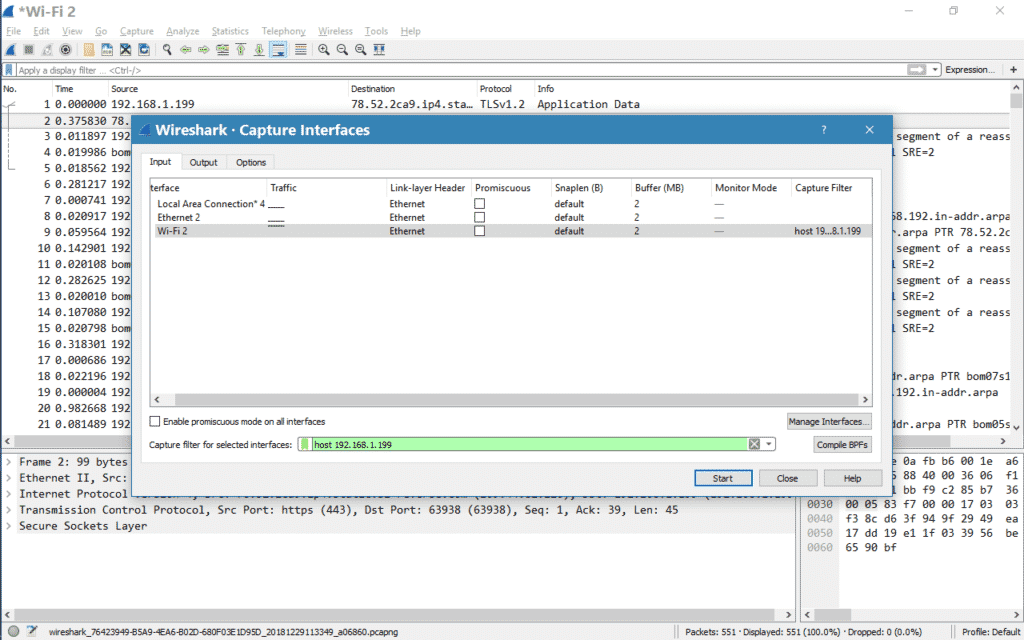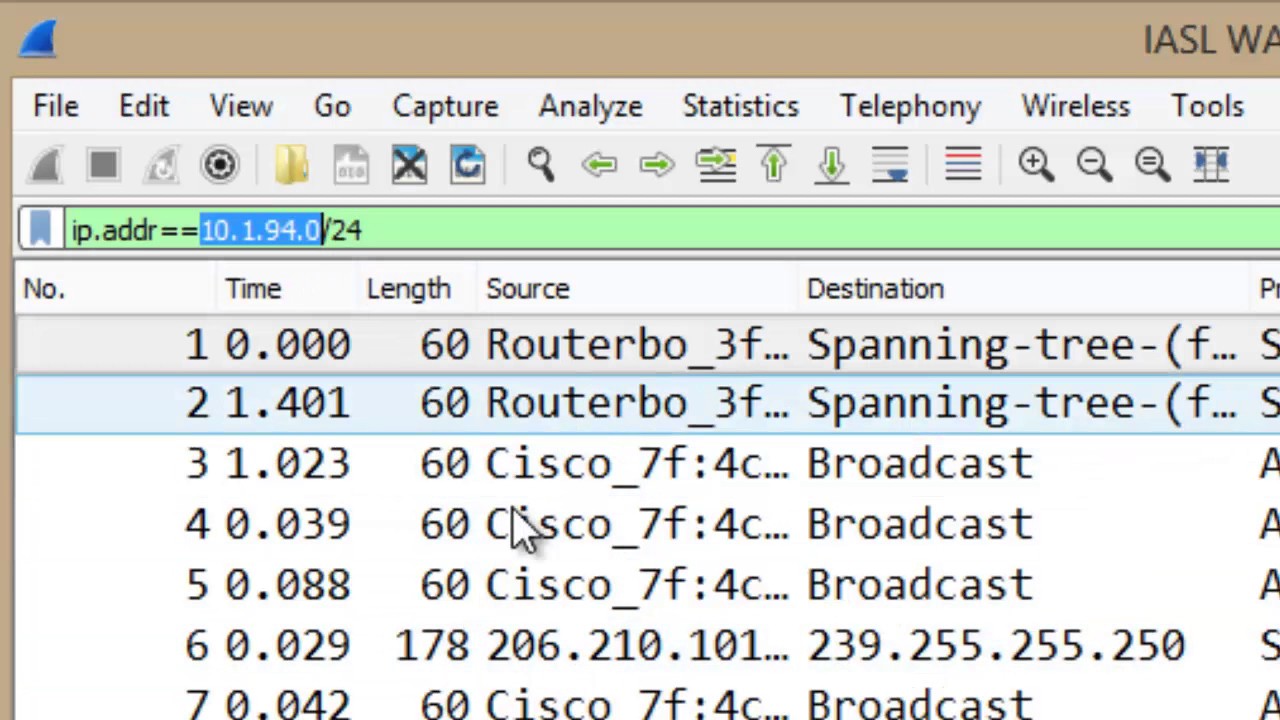
Configure the source and destination points. Connect the two filters with “and” to get the packets traveling between the two IP addresses you define. Naturally, you can combine these filters to specify the traffic you want to capture further.
WIRESHARK CAPTURE FILTER IDENTIFICATION IP HOW TO
Wireshark How to Capture Packets From a Specific IP Address You’ll see both the requests and the replies to the ping in the packets list.

The filter bar will be at the bottom of the Capture Interface. Tip: Another way to adjust your capture filters is clicking “Capture,” then “Options” in the menu. You can also add a specific port after “udp” if you wish to specify your filter further.

Look for the Capture Filter bar on the welcome screen.If you want to capture UDP traffic only, use a capture filter before beginning the capturing process. The two filters work differently and use different commands, so you’ll need to decide which one best fits your needs. Display filters merely filter through already captured packets. Using a capture filter will mean the program only captures the packets you define. Wireshark supports both capture and display filters. If you’re only looking for information about certain packets, you can use filters to make your job easier.

While different types of traffic are easily distinguishable in Wireshark thanks to color coding, you’ll still need to sift through a lot of data. How to Capture UDP Packetsįollowing the steps above will prompt the program to capture all packets. Start analyzing the data right away or save it for later by clicking “File” and then “Save As…” in the menu bar. Once satisfied with the amount of data gathered, you can stop capturing by clicking the red stop button in the top toolbar. You’ll see Wireshark grabbing data packets in real time. You may also use Wireshark capture and analysis tool.As soon as you click the network interface or the start button, you’ll be taken to the capture screen. To capture all packets from a specific host on the network:
WIRESHARK CAPTURE FILTER IDENTIFICATION IP FULL
Tcpdump: verbose output suppressed, use -v or -vv for full protocol decode To capture all packets on the WAN (the below assumes that interface eth1 is the WAN interface): tcpdump relies on libcap, therefore it can produce standard pcap analysis files which may be processed by other tools. It may be used to capture packets on the fly and/or save them in a file for later analysis.

Tcpdump is a network capture and analysis tool.


 0 kommentar(er)
0 kommentar(er)
